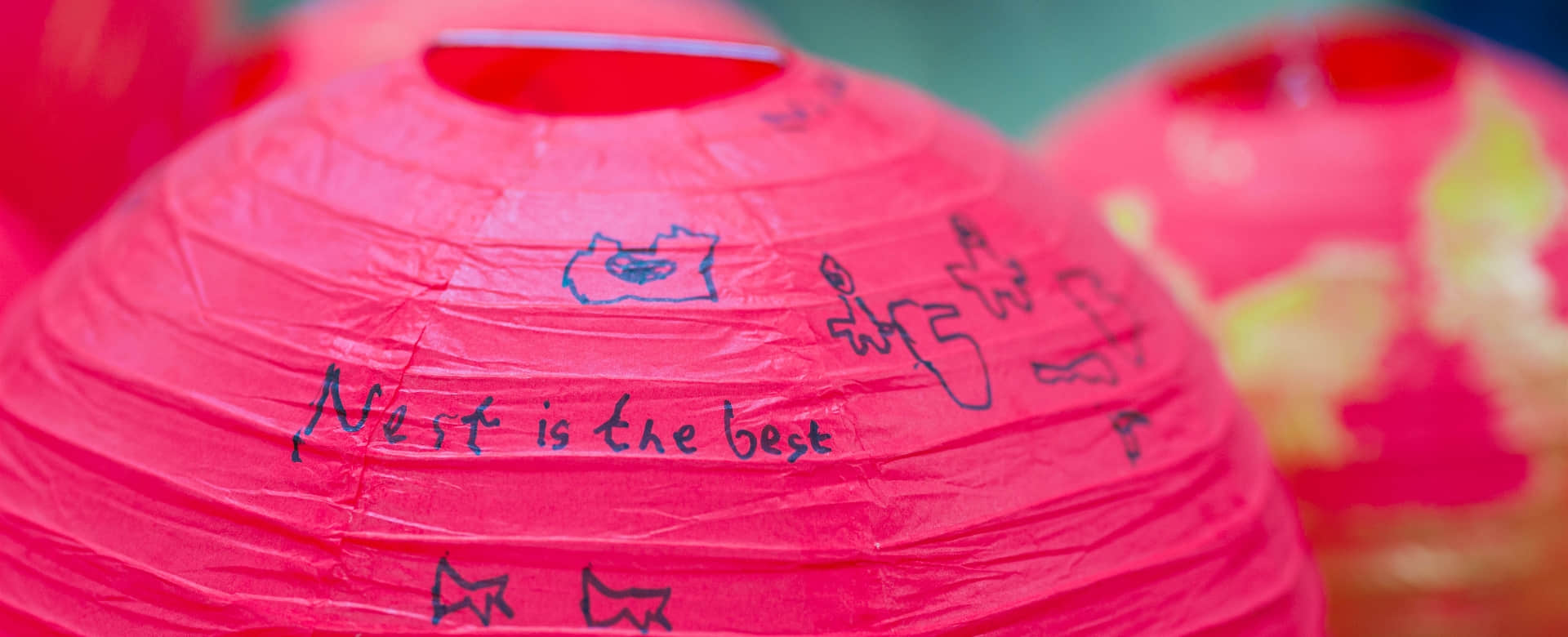Into the Classroom | Discovery Through Inquiry
In Reception, we recently learned the theme of the four seasons and the topic was the source of a great number of activities and even more avenues of discovery. Each activity builds on children's discoveries and combines our themed picture and story books, math skills and science experiments.
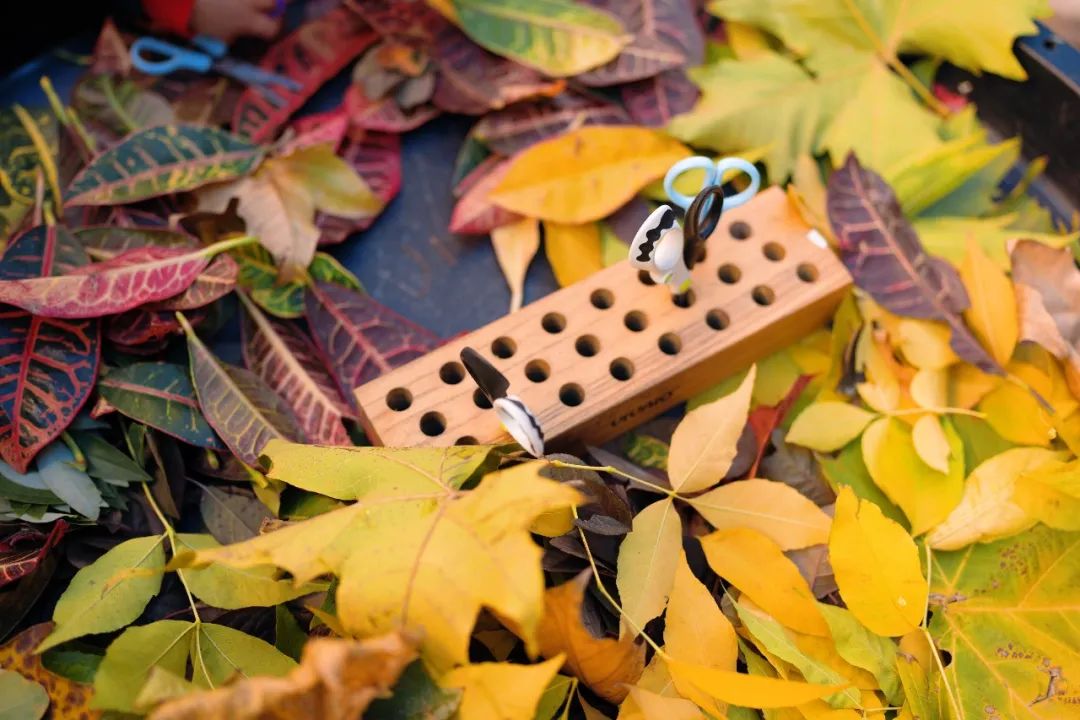
Children's learning is the process of their interaction with the surrounding environment in their own unique way. This process involves children actively exploring the surrounding social environment, natural environment, and material world. Reception is the transition year of children's four-year preschool education, and it is also an important period for children's physical and mental development. At this stage, according to the special age characteristics of the children, we provide them with a rich variety of teaching activities that are adapted to their developmental needs.
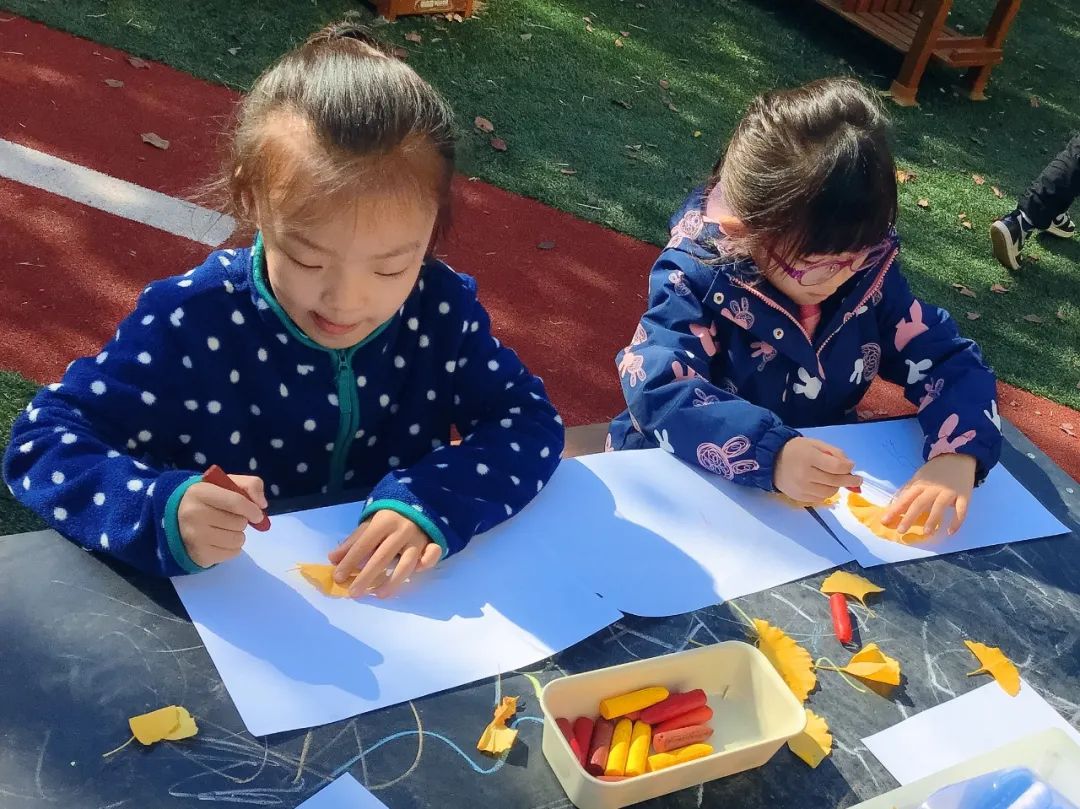
At first, the teachers took the children on a tour of the campus and allowed them to spend a long time in the gardens looking for evidence of autumn. In this activity, children filled several bags with autumn "treasures", observed the impact of the seasons on plants and trees, and paid special attention to the beauty of nature with our senses of touch, sight, hearing and smell.
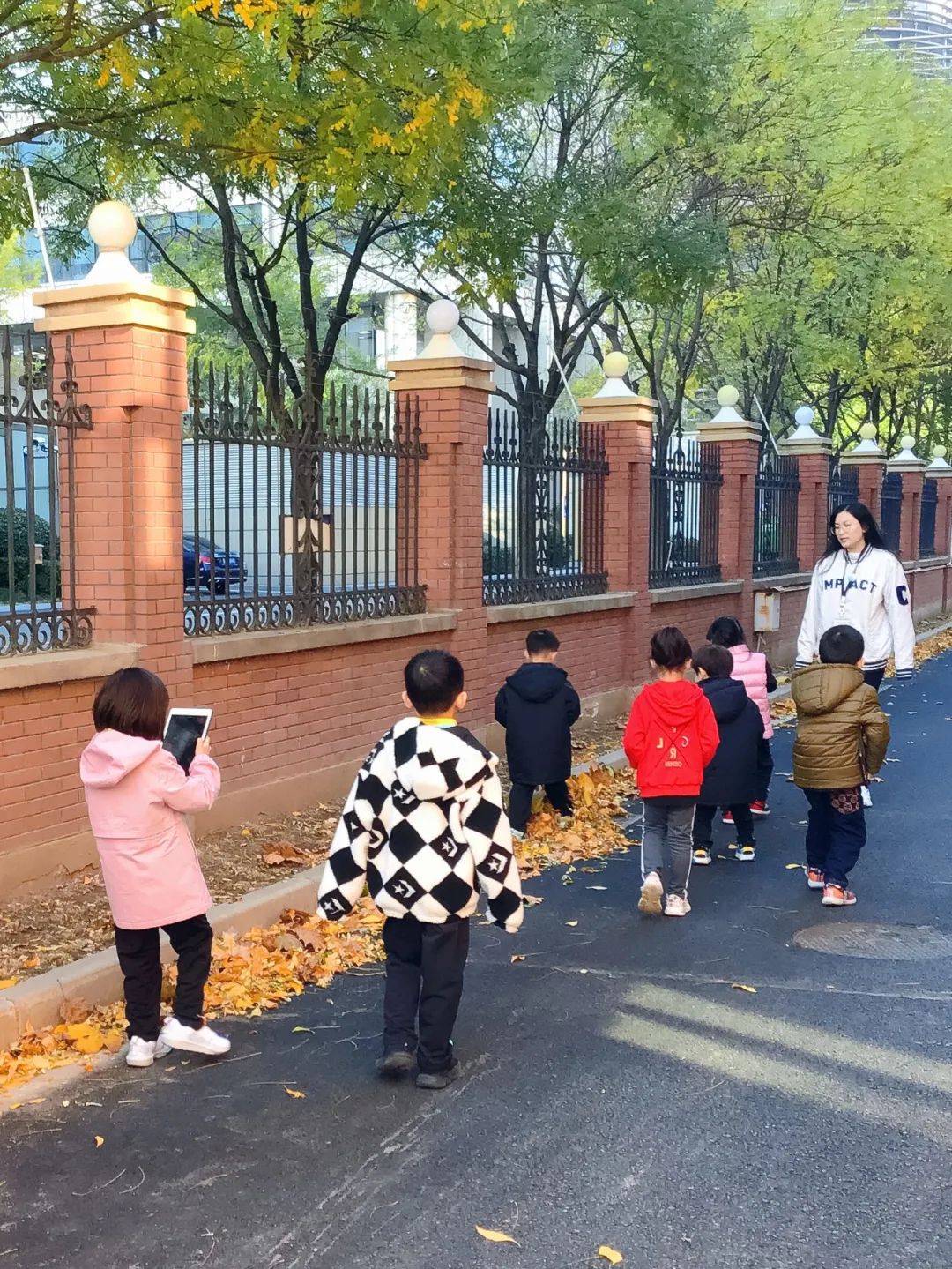
At the same time, we also integrated the 'Frost Descent' of the 24 solar terms into the curriculum, so that children could be aware of and feel the transition from autumn to winter more realistically. After that, the teachers also showed the children the scenery of the river near the campus in the form of an online live broadcast, and the children also followed the teacher's camera to see the fallen leaves, gradually drying up branches, heard the chirping of magpies busy building bird's nests, trickling water and observed the leaves of different colours, shapes and red berries on bushes.
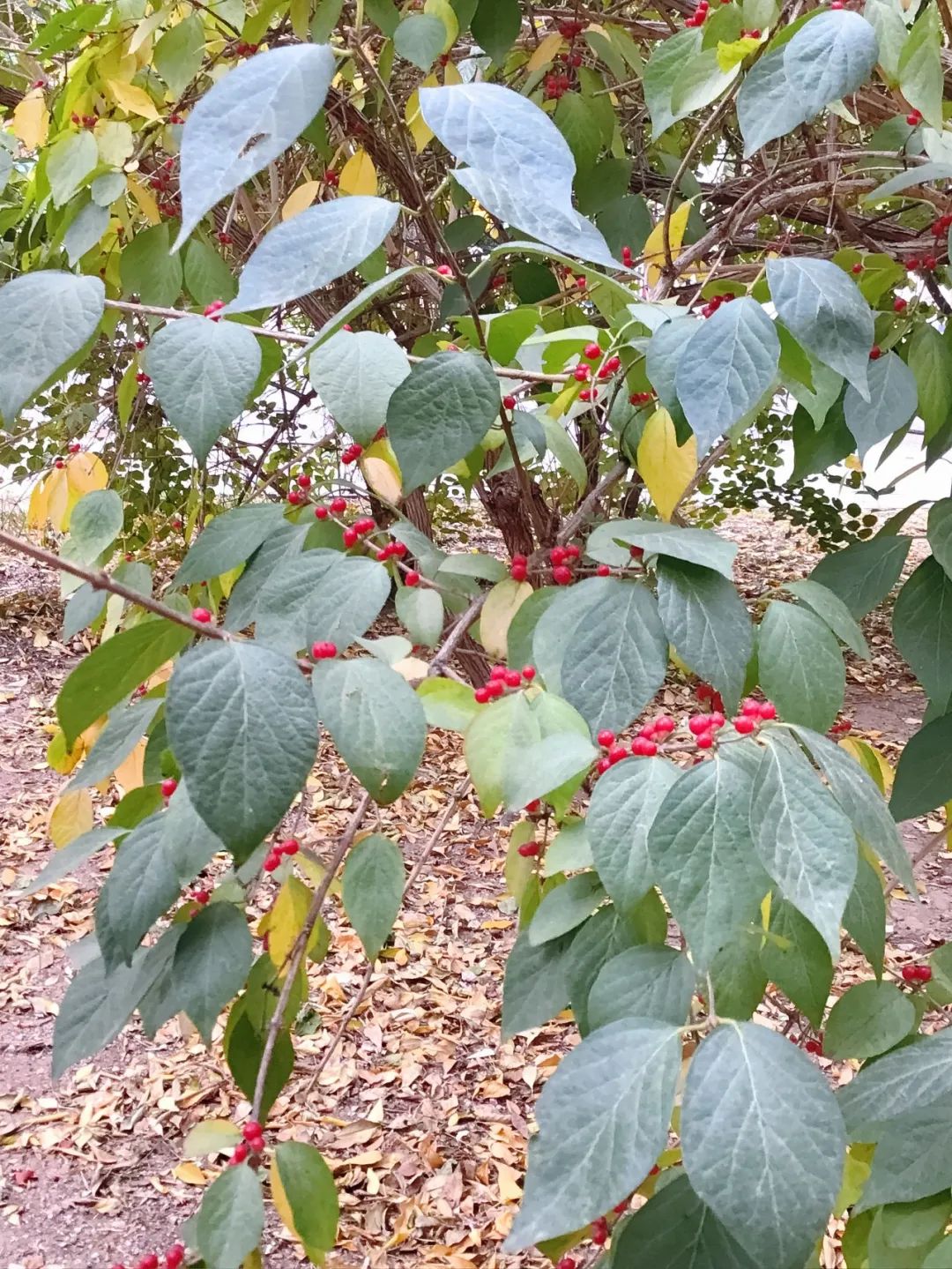
Later, the children walked around the campus in groups of two with iPads and took photos to record the changes which they could now observe through their own experience since their first autumn walk. Children were fascinated to find that the tree trunks had been draped in white "clothes" and the ginkgo tree where they had first collected so many beautiful golden leaves had become completely bare. On campus, we selected two trees and took pictures every day to record their changes and found that the leaves of the sycamore tree turned from yellow to brown and fell day by day, while the leaves of the fir tree became greener and more vibrant. We let children document their discoveries on a "learning journey" to better integrate them into our explorations.
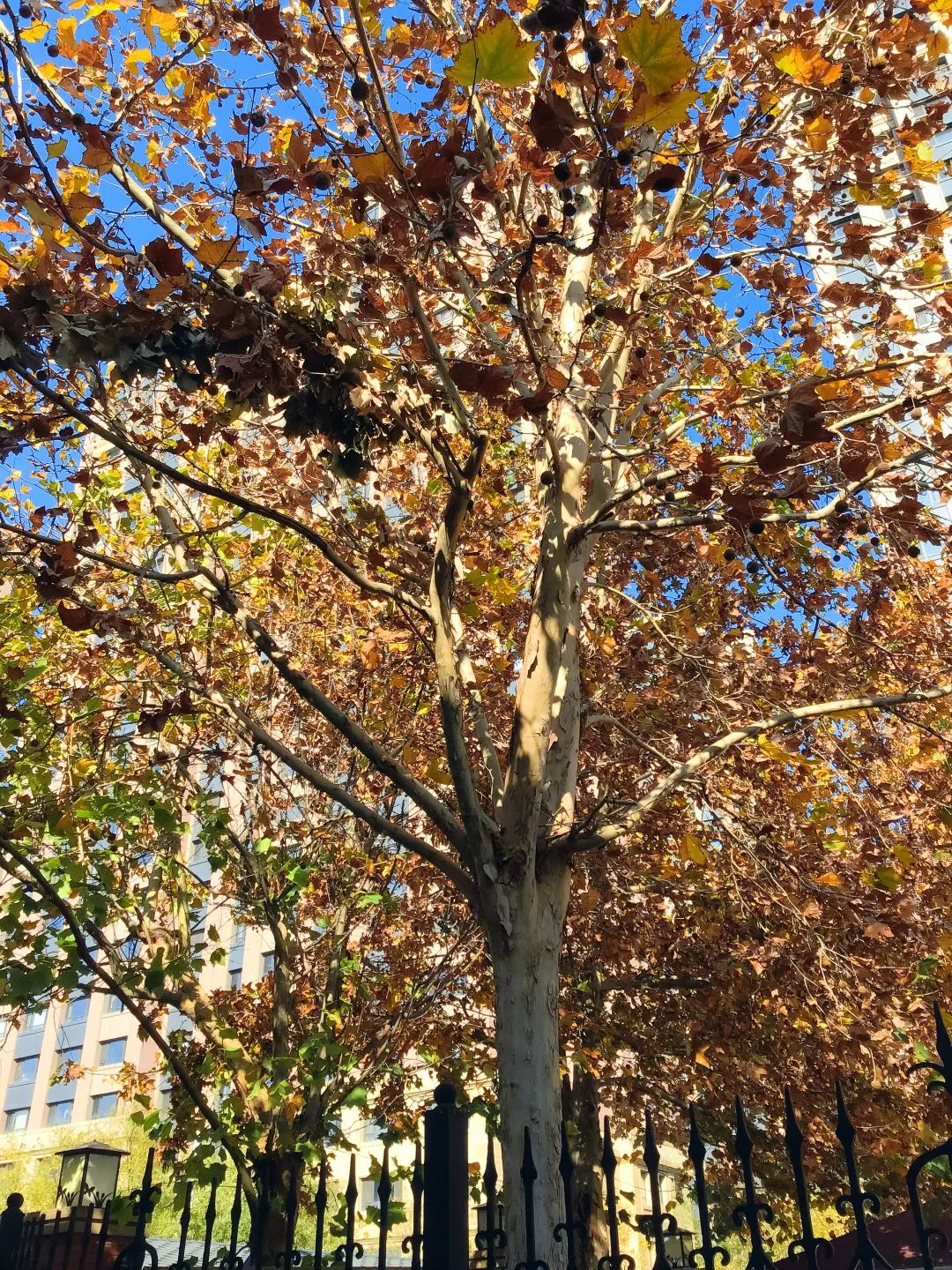
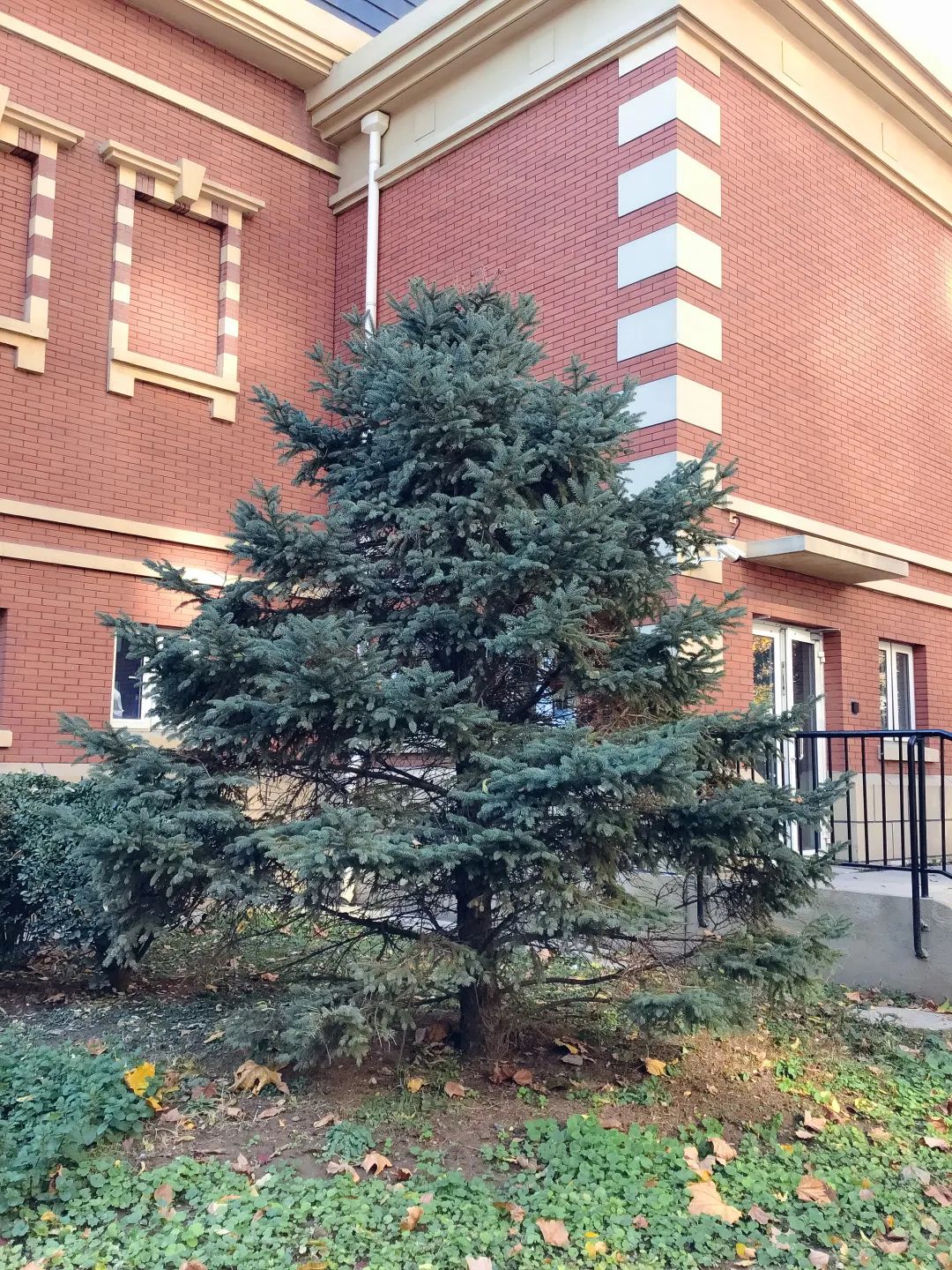
In the classroom, we did some interesting explorations of the autumn and winter seasons. We have a Welly Winter Woollies Shop with a wide variety of clothing suitable for all seasons, and children could "buy" what they needed by choosing the clothes best for the cold winter. This activity perfectly blends children's independence and role-playing, giving children the space to let their imaginations run wild.
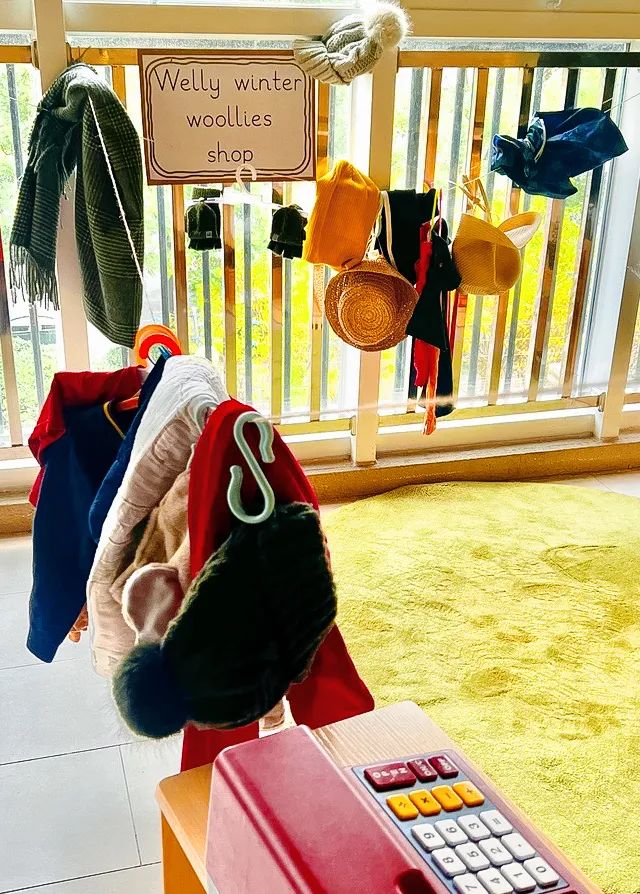
We also made salt crystal snowflakes and wrote numbers in a tray filled with artificial snow showing that the learning of mathematics is not only about the recognition, counting and matching of numbers, but also the discovery and creation of rules. In the classroom setting, we also provide children with regular sequencing activities in physical settings using natural materials such as dried flowers, acorns, pinecones and seeds, allowing children to learn mathematical rules while stimulating the development of their sense of touch.
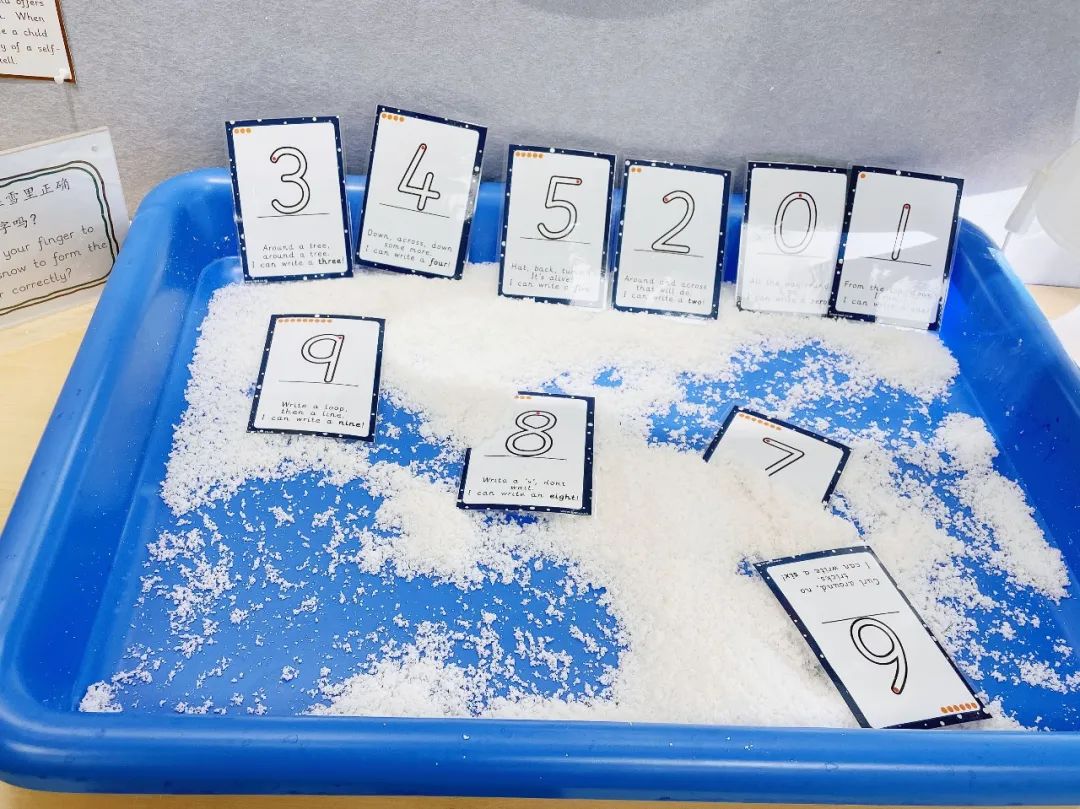
In the expressive art and design area, we also offer smells and tastes that are representative of winter, such as cinnamon and ginger, and children make playdough with cinnamon spice and flour, both for smell and touch so that children have a wonderful experience of winter.
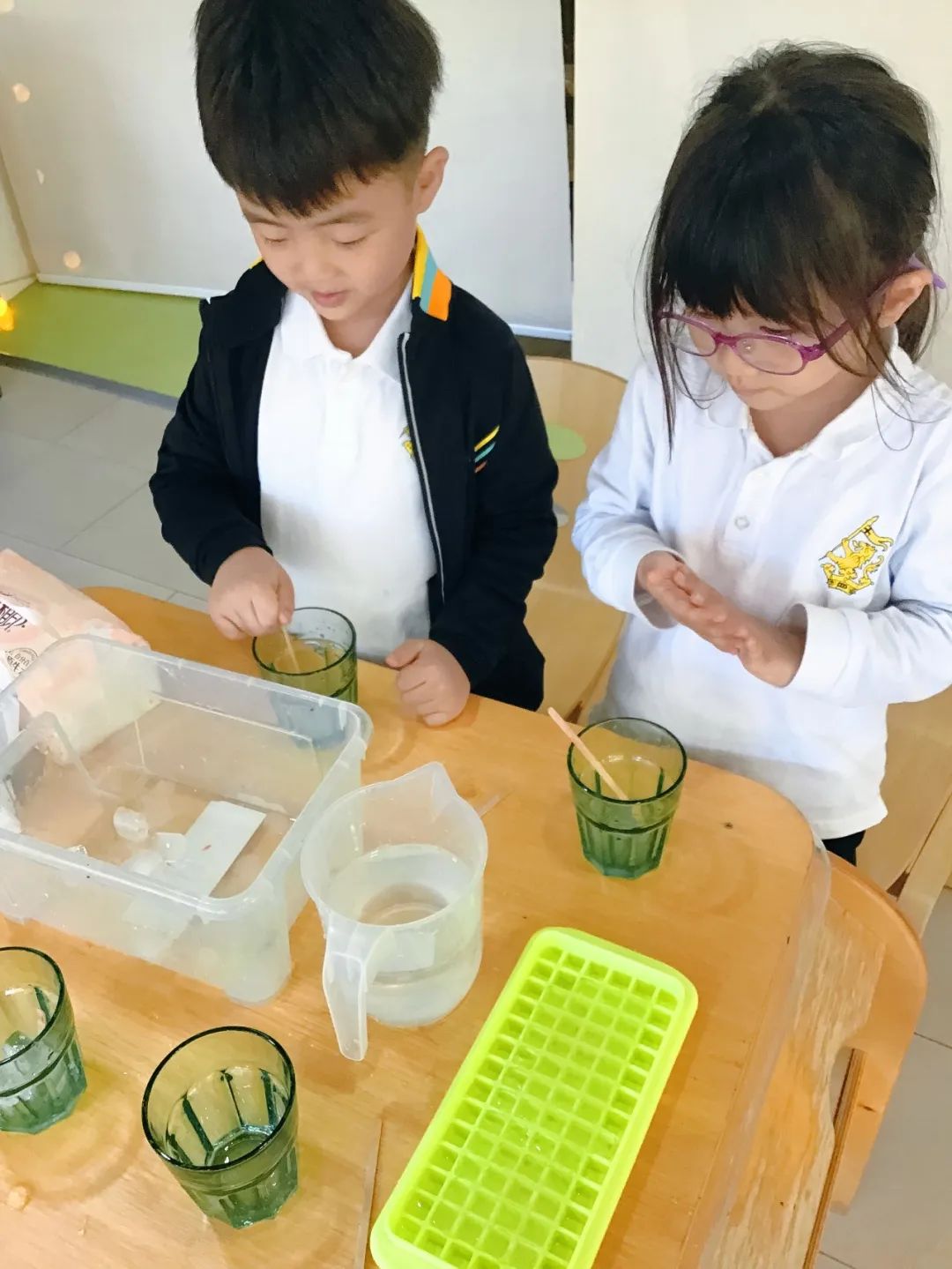
Finally, we also collected dried twigs and introduced our picture book story - "Stick Man" with concrete objects. Small sticks and twigs bring objects to life, making them more vivid and imaginative. Interesting stories like this allow children to have unlimited imagination about winter, stimulating their curiosity, exploring through questions, and allowing children to feel like they are a part of nature, by following a little wooden stick character to experience the cycles of life and the profound meaning contained in it.
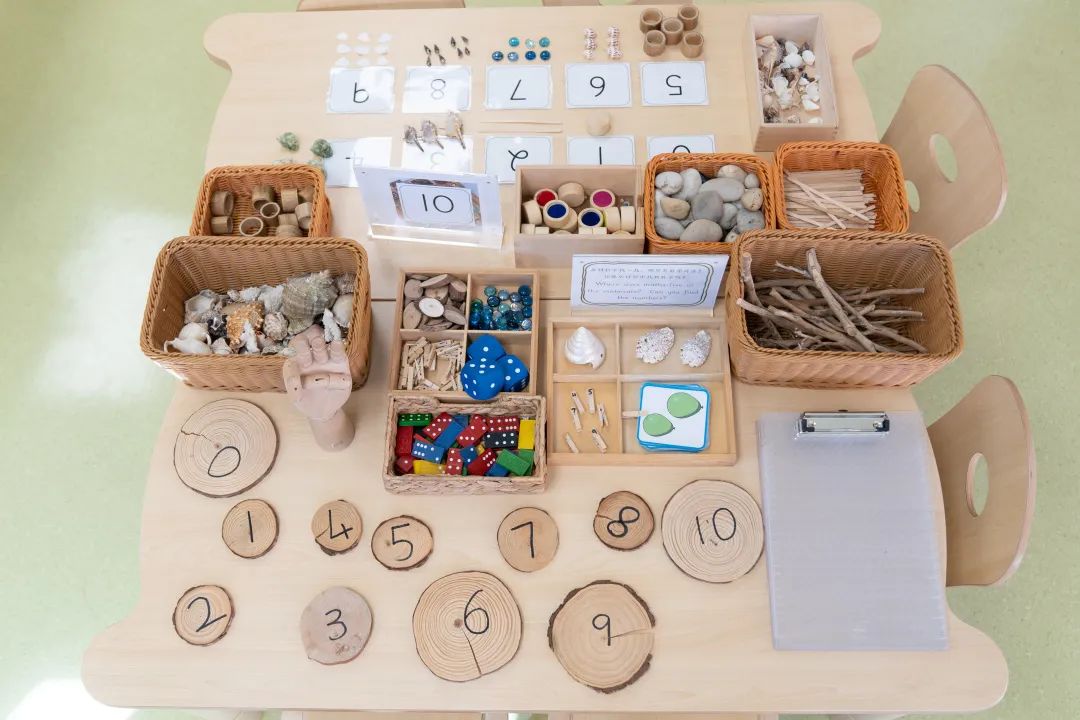
Related Articles







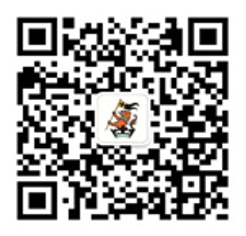
 Channel
Channel 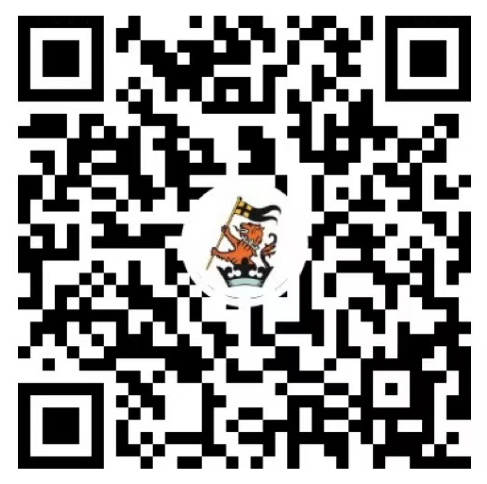
 Linkedin
Linkedin  Weibo
Weibo  Facebook
Facebook  Ins
Ins 


